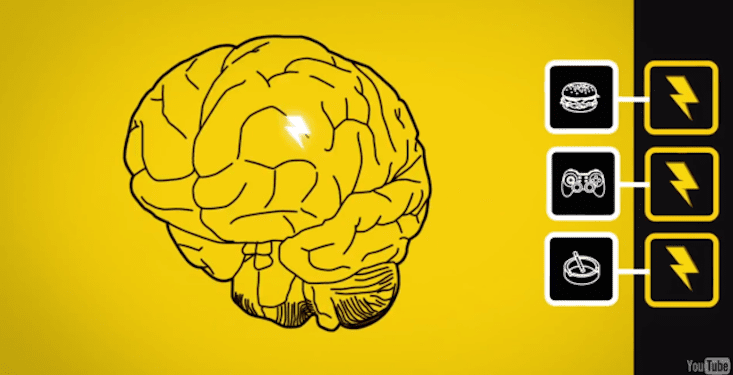Yoga is ultra-soothing: it lowers blood pressure, relieves anxiety, and increases mental clarity and focus. When practiced regularly, it serves to declutter your mind and keep you stress-free.
Cat-Cow, Triangle Pose, and Downward Facing Dog are all promoters of digestive health, but it doesn’t make sense to supplement them with junk food and soda. Back bends like Bridge and Wheel help you stretch and assuage tension, but it’s counterintuitive to return to your desk with a hunched back afterward.
And while lying in Savasana may make you feel like nothing else exists in the world besides you and the floor, it can feel like you have no choice but to eventually return to a chaotic reality of responsibilities and demands when the session is over.
Mindfulness As A Lifestyle
Once you’ve made a habit of mindfulness, its benefits are pervasive. Studies have shown that it improves mood, fosters compassion, mollifies pain, and regulates emotions. High levels of mindfulness are associated with reduced stress responses to setbacks and heightened appreciation of small pleasures.
So at the end of your practice, when tasks like work assignments, homework, or family responsibilities loom over your zen bubble and threaten the integrity of your peaceful aura, don’t concede to the role of Atlas.
Instead, integrate mindfulness into your lifestyle. The solution is to catch yourself when you’re getting overwhelmed by a stressor and enforce an objective perspective to keep your cognitive balance and emotional stability in check.
Mindfulness As A Process
While it seems so simply stated, there’s a flaw in its mechanism of action: when you’re becoming emotionally entangled in a dilemma, it can be very difficult to pull yourself out of the moment to regain perspective. You may truly believe the situation is worthy of inducing distress, and you might not realize you’re slipping out of rational territory in the first place.
The catch-22 of mindfulness is that to be mindful, you need to remember to be mindful. But, how can you remind yourself to not get stressed when your rationale is compromised by stress?
You could try tying a string on your finger. But while that may help you remember your tendency to get bogged down with stress, it doesn’t do you any favors in the way of getting out of it.
The Biology of Mindfulness
Try to imagine the cliche scene where a character is absorbed in panic, pacing back and forth and spitting hysterics. A second character slaps him across the face, immediately and effectively calming him down, usually followed by him saying something along the lines of, “Thanks, I needed that.”
The sudden shock of the slap brought him back into the moment, and he was then able to regain his composure. For biological reasons, the brain responds to the pain of this slap by dispelling the urge to panic and shifting its focus to becoming aware of its surroundings. The slap sends a message that there is a threat present, so your brain distances you from your emotions to help you think rationally.
The reaction is based on chemicals. When receiving a painful stimulus, like a hard slap or a mild electric jolt, your brain starts recycling and increasing neurotransmitters like:
- Norepinephrine alters your attention to assess your current situation (also known as the “fight or flight” response).
- Acetylcholine improves memory functioning to compare the present with your previous experiences, restoring your objective perspective.
- Serotonin provides you with feelings of calmness and well-being (and is also released through meditation!).
- Endogenous opioids are painkillers your body makes, which are also released with exercise.
This chemical cocktail is your brain’s way of chilling you out while simultaneously prepping you to get down to business. And while slaps and shocks are quick intervals of pain to restore mindfulness, it’s not so efficient (or safe) to rely on sadistic friends or exposed electrical wires to alleviate your stress.
But how do you get a safe electric jolt? If you are interested in trying out this hardcore way to mindfulness, check out this week's Pavlok giveaway for your chance to win a gentle but shocking mindfulness wearable!
Image Credit: Pavlok.com


